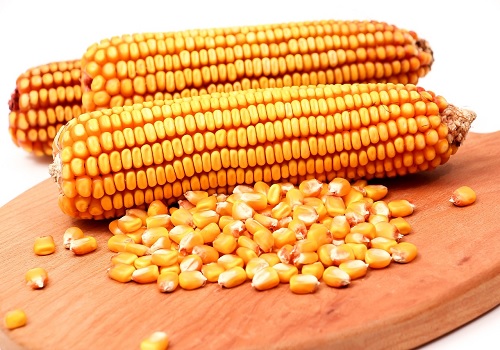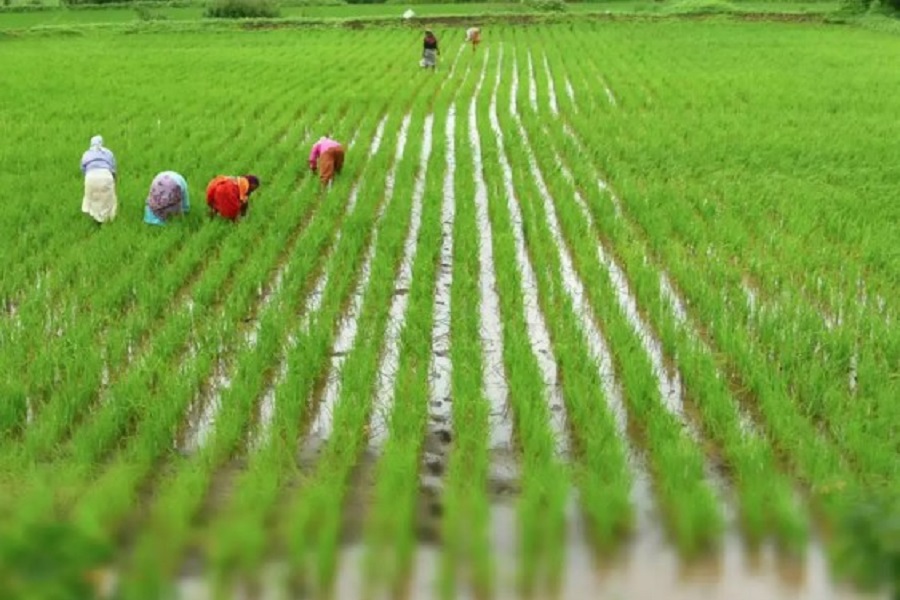India's Maize Exports Plummet to 4-Year Low Amid Domestic Demand by Amit Gupta, Kedia Advisory

India's maize exports fell to a four-year low of 14.42 lakh tonnes in 2023-24, a 58% drop from the previous year, due to higher domestic prices and reduced crop yields. Major buyers like Bangladesh and Vietnam shifted to cheaper sources. Export values in dollar and rupee terms saw a steep decline of 60% and 59.2%, respectively. Increased local demand from ethanol, poultry, and starch industries contributed to the non-competitive pricing of Indian maize in global markets.
Highlights
Sharp Decline in Maize Exports: India's maize exports dropped to a four-year low of 14.42 lakh tonnes in the 2023-24 fiscal year, marking a significant 58% decline from the previous year's 34.53 lakh tonnes. This decline was primarily due to higher domestic prices and reduced crop yields, which increased local demand for maize in various industries.
Impact on Dollar and Rupee Value: In dollar terms, the value of maize exports plummeted by 60% to $443 million in 2023-24 from the previous year's $1116 million. Similarly, in rupee terms, exports decreased by 59.2% to ?3660 crore from ?8987 crore, reflecting the substantial impact of reduced export volumes and higher domestic prices.
Vietnam as Largest Buyer: Vietnam emerged as the largest buyer of Indian maize in 2023-24, purchasing over 6.88 lakh tonnes. However, this figure represents a 23% decline from the previous year's 8.91 lakh tonnes, highlighting the overall trend of reduced exports due to non-competitive pricing.
Nepal's Stable Demand: Nepal was the second largest buyer of Indian maize, importing 3.78 lakh tonnes in 2023-24. This was a minor decrease of 3.3% from the previous year's 3.91 lakh tonnes, indicating relatively stable demand despite the broader downturn in Indian maize exports.
Significant Drop in Exports to Bangladesh: Exports to Bangladesh, historically a major buyer of Indian maize, fell drastically by 88% to 2.08 lakh tonnes in 2023-24 from the previous year's 17.09 lakh tonnes. This sharp decline was due to Indian maize prices being uncompetitive in the global market.
Non-Competitive Pricing: Indian maize lost its competitiveness in the international market due to higher domestic prices, which were influenced by increased local demand from ethanol production, poultry, and starch manufacturing. This resulted in a halt in exports as buyers turned to cheaper alternatives.
Reduced Maize Crop Output: The second advance estimates for the 2023-24 maize crop showed a lower output of 324.70 lakh tonnes, down from the previous year's 380.85 lakh tonnes. This reduction included a summer crop yield of 27.21 lakh tonnes, reflecting the impact of adverse weather conditions.
Decline in Kharif and Rabi Output: Kharif season maize output in 2023-24 was down to 227 lakh tonnes from the previous year's 236.74 lakh tonnes. Similarly, rabi season output was estimated lower at 97.50 lakh tonnes, compared to 116.9 lakh tonnes in the previous year, due to dry weather and erratic rainfall caused by El Nino.
Impact of El Nino on Production: Erratic weather patterns and dry conditions triggered by El Nino adversely affected maize crop yields in key producing states such as Karnataka and Bihar. This contributed significantly to the overall decline in maize production and subsequent export volumes.
Conclusion
India's maize export decline in 2023-24 reflects significant challenges posed by higher domestic prices and lower crop yields, exacerbated by adverse weather conditions like El Nino. The increased demand from domestic sectors further limited export competitiveness, leading major importers to seek cheaper alternatives. This trend underscores the need for strategic interventions to stabilize production and pricing, ensuring both domestic demand and export potential can be balanced. Future policies must address these factors to restore India's position in the global maize market.
Above views are of the author and not of the website kindly read disclaimer










Tag News

Quote on Currency Trends by Anindya Banerjee, Kotak Securities













